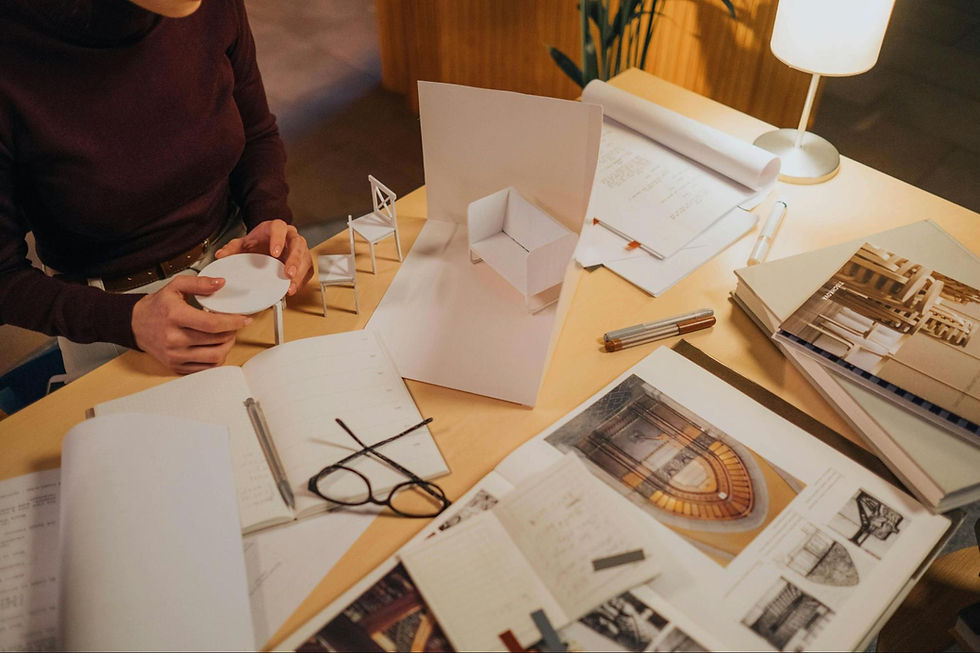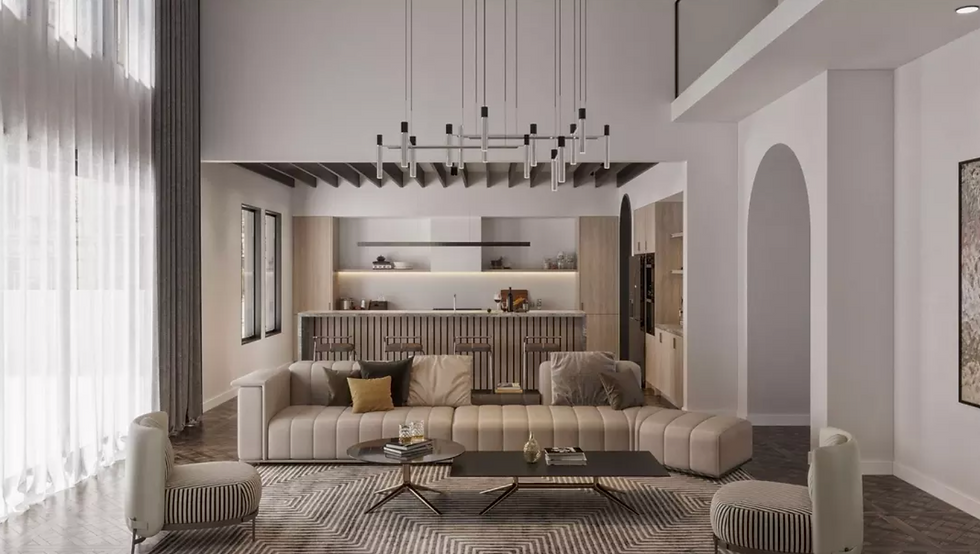Why Adaptive Reuse Projects Are Gaining Momentum
- rmotley
- Jul 22
- 3 min read
In an era marked by sustainability, creativity, and smart urban development, adaptive reuse projects are becoming a cornerstone of modern architecture. These projects breathe new life into old structures, turning abandoned buildings into thriving community hubs, chic residential spaces, or innovative commercial developments. Far more than a design trend, adaptive reuse represents a smart, sustainable solution to the complex needs of growing cities. Below, we explore why these projects are gaining momentum, their impact on urban revitalization, and how they preserve architectural legacy.

Sustainability and Efficiency in Modern Development
One of the driving forces behind the rise of adaptive reuse projects is the increasing emphasis on sustainability. Rather than demolishing and rebuilding, adaptive reuse focuses on reimagining and repurposing existing structures. This approach significantly reduces construction waste and limits the need for new materials key components in the push for more environmentally conscious architecture.
Reusing a structure often consumes far fewer resources than new construction. For example, preserving a brick facade or steel frame minimizes the environmental impact while maintaining the building’s original character. It also shortens construction timelines, reduces energy consumption, and lowers costs. Developers and city planners alike are recognizing these benefits as they seek smarter ways to use existing infrastructure.
From a zoning and permitting standpoint, adaptive reuse can also be more streamlined. Because the foundation and structural footprint already exist, projects may move more quickly through approvals saving time and expense for everyone involved.
Fueling Urban Revitalization
Cities around the world are experiencing dramatic change, with downtowns and industrial districts evolving to meet new economic and social demands. Adaptive reuse projects play a crucial role in this transformation by driving urban revitalization without erasing history.
By converting old factories into vibrant mixed-use complexes or turning defunct warehouses into tech incubators and loft-style apartments, cities are activating underutilized spaces and encouraging new foot traffic. These projects often spark a ripple effect: once a single building is reimagined, nearby properties attract new interest and investment, leading to broader neighborhood renewal.
Importantly, adaptive reuse supports the social fabric of communities. Many of these projects incorporate public amenities, local businesses, or affordable housing options ensuring that revitalization doesn’t mean displacement. Instead of pushing out the old to make way for the new, adaptive reuse offers a thoughtful blend of innovation and inclusion.
By leveraging existing infrastructure and focusing on context-sensitive design, cities become more livable, walkable, and economically diverse hallmarks of successful urban revitalization.
Honoring History Through Architectural Preservation
While some architectural movements prioritize the sleek and the new, adaptive reuse projects are deeply rooted in architectural preservation. These projects allow historic structures to retain their charm while being reimagined for contemporary use.
Preserving elements like brickwork, wood beams, steel trusses, and original windows creates a layered design story that connects past and present. These tactile, timeworn details often become focal points in the new design, offering characters that simply can’t be replicated in new builds.
Architectural preservation also honors the craftsmanship and culture embedded in older buildings. Whether it’s an Art Deco theater, a mid-century school, or a 19th-century mill, each structure holds a piece of local history. Adaptive reuse doesn’t just maintain these narratives it amplifies them.
For clients, this blend of old and new offers unmatched aesthetic appeal and authenticity. For designers and architects, it presents a unique creative challenge: respecting the integrity of the past while innovating for the future.
Building a More Thoughtful Future
As the real estate industry, local governments, and design professionals continue to embrace adaptive reuse projects, we are seeing more cities grow sustainably, respectfully, and creatively. These projects not only save buildings, they save stories, support communities, and provide a roadmap for more thoughtful development.
If you're considering a new design project, commercial or residential exploring adaptive reuse might be your smartest and most meaningful option. At ArchEvoke, we specialize in breathing new life into forgotten spaces. From conceptual design through construction, our team brings deep experience in urban revitalization, architectural preservation, and creative adaptive reuse solutions that balance heritage with innovation.




Comments